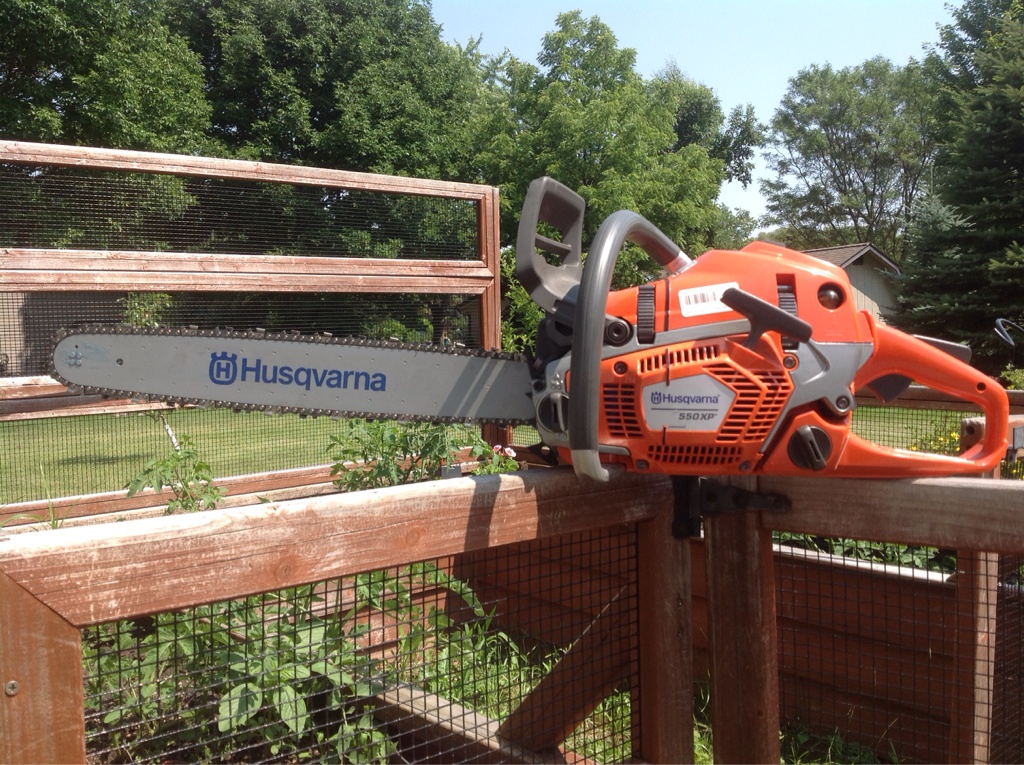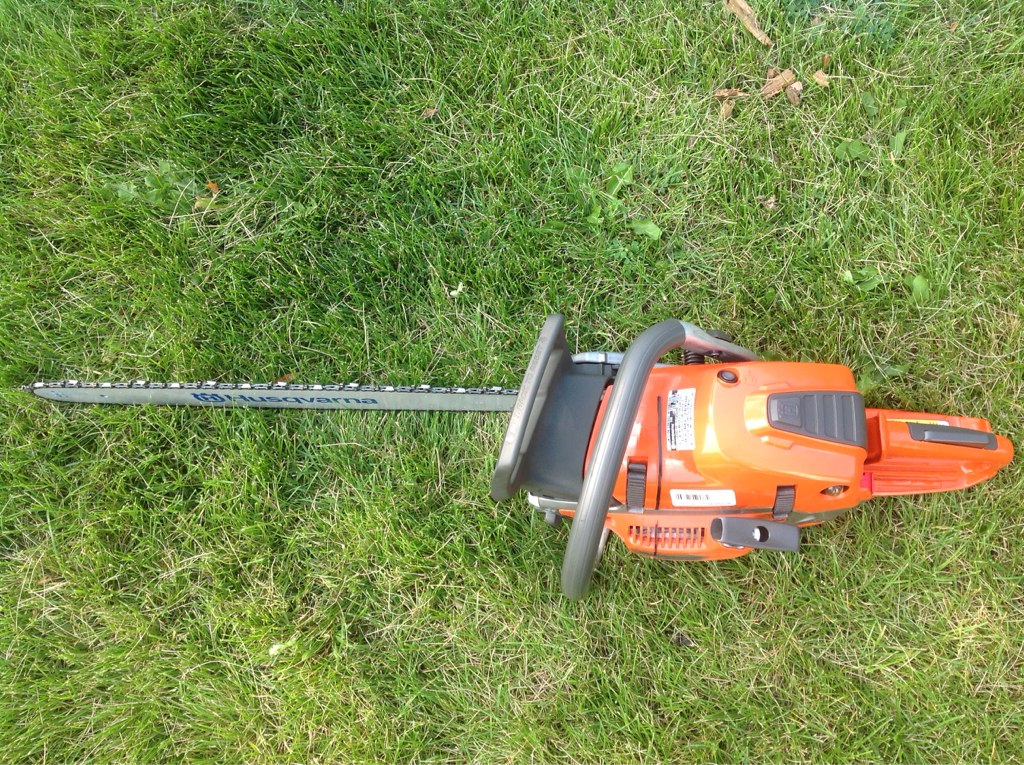If you poke around in this forum you'll find that the same basic question gets asked and worked over pretty frequently, and there isn't a single right answer. I'd start by thinking about how much wood you intend to cut, how large the trees are likely to be, and how much of a hurry you'll be in. Keep in mind that cutting large-diameter trees means moving and splitting large-diameter rounds, and it's kinda pointless to buy a saw that can cut trees so big and heavy that you'd rather not move and split them. Consider the whole process. How is your back, for lifting? What kind of vehicle will you be using? Do you expect to split everything by hand? Do you have access to so many trees that you can pick and choose, or will you have to make do with whatever becomes available?
The main advantage of going with Stihl is that they have the best network of local dealers, so if you need to order a spare part or have some work done on the saw, you probably won't have to drive far. Excellent saws are also made by Husqvarna, Echo, Dolmar/Makita and some even lesser-know brands, but none of them have a dealer network like Stihl's. Should you care? Maybe. If you have a decent mechanical aptitude and are willing to do basic routine maintenance, you probably won't need a dealer's help very often anyhow.
In general I'd guess that most non-professional firewood cutters will be happiest with a saw in the 50-60cc ballpark. For occasional use at a cabin, I doubt that a higher-priced saw marketed to professionals would be worth the extra cost. The 361 is an excellent, expensive, pro-grade saw.
As to naming conventions, pretty much every model uses numbers or a combination of numbers and letters that give you some clues about the saw's traits, but their meanings are imprecise and those conventions vary from brand to brand. With current Stihl models, all of their saws start with the letters MS, and those letters can be ignored. MS is followed by a three-digit number. Ignore the last digit (a 0, 1 or 2), and just look at the first 2 digits as a number somewhere between 10 and 99. Read "MS361" as "36," and "MS391" as "39." Got it? Okay, there are 2 things to know about that number. First, broadly speaking, the bigger that number is, the larger the displacement of the engine. The number doesn't translate to an exact displacement volume; these are not cubic inches or cc's or any other precise measurement; they just give you a rough idea of where the model falls in Stihl's whole range of saws. Second, if that number is an even number then it's usually a higher-end saw with a metal chassis and integrated motor, and if it's an odd number then it's usually a less-expensive model with a plastic chassis that has a separate motor bolted into it.
Edited to add:
From Stihl, for what I'm imagining your needs to be, I'd be looking at models numbered anywhere from 26x to 39x, depending on size preference and budget... 261, 271, 290, 291, 311, 361, 362, 391. I doubt you'll be happy with anything smaller than that range, and larger is almost certainly overkill.




